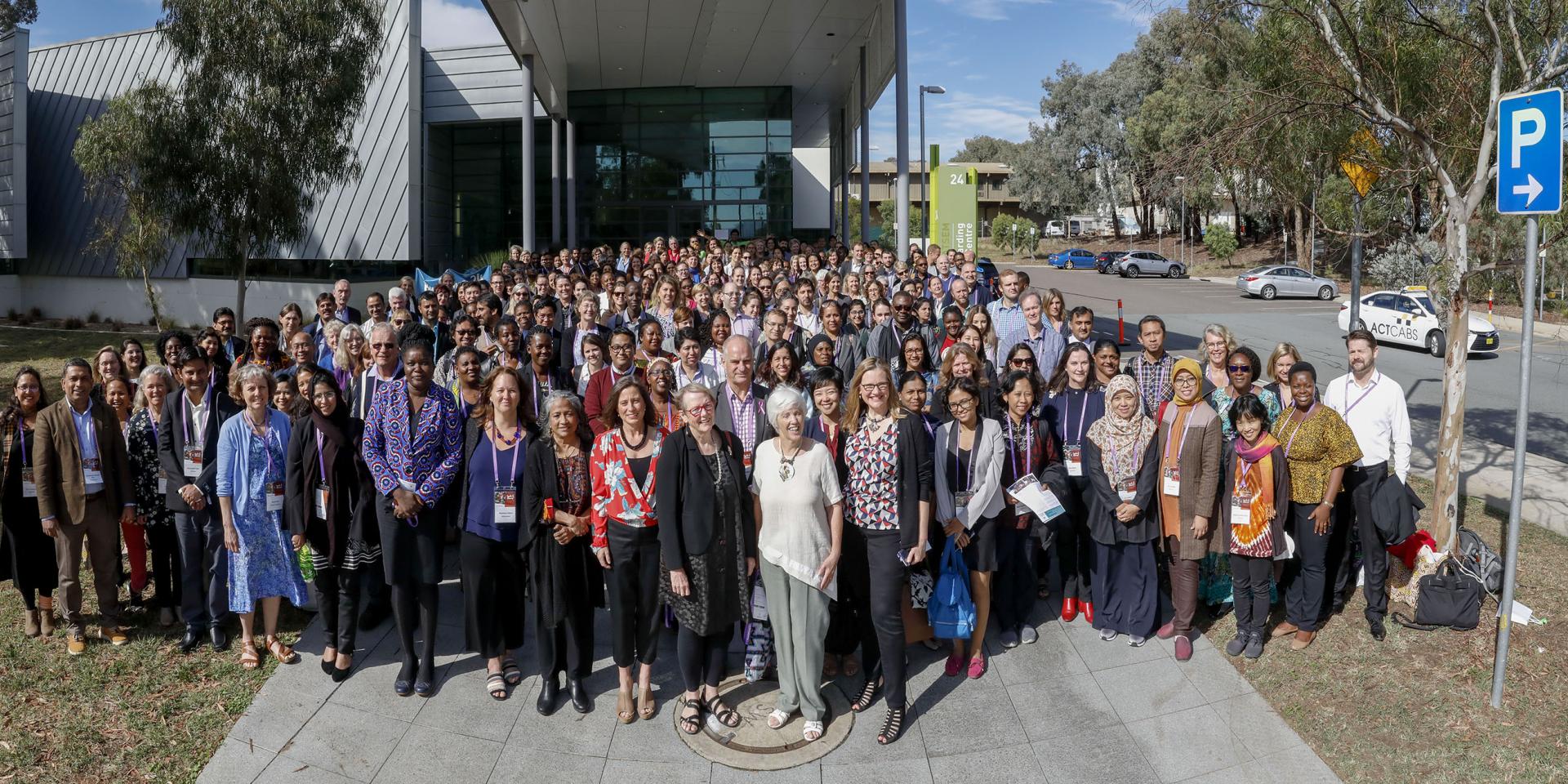Seeds of Change harvest: Making the ‘future of work’ more equitable – Jemimah Njuki (IDRC)
 Photo: Patrick Cape/ACIAR.
Photo: Patrick Cape/ACIAR.
During the Seeds of Change conference, we approached several personalities from the ‘Gender in Agriculture’ crowd to interview them on their work, on their insights about the conference and their outlook on the next frontiers of our field of research. Find an overview of all conference related outputs here.

In this interview, we feature Jemimah Njuki, Senior Program Officer at Canada’s International Development Research Centre-IDRC. She reflects on .
What have been your highlights from the conference and what has inspired you to integrate in your work (portfolio)?
It was great to see the different types of gender research that the CGIAR is engaged in, the collaboration between young researchers and more experienced researchers, across disciplines and geographies. I was also quite impressed with the networks that researchers have built with universities and civil society.
What do you see as one of the ‘next frontiers’ of gender in agriculture research in the next few years?
There are two key areas that I think should inform the next frontiers of gender in agriculture research. First, we know that the world of work is changing – what we are calling the future of work – and we will see changes including in the agriculture sector.
I would want to see more gender research in terms of what this future of work will look like for women and girls and how to make technologies such as Artificial Intelligence (and others that we know will affect multiple sectors) more equitable. It will not be enough to evaluate the impacts of these after the fact and I would like to see the CGIAR gender team become more active in this space.
The second is on the issue of social and transformative society change. Despite the progress we are making in closing gaps, societal change in how women and girls are viewed is not changing as fast. Research on approaches that work for this, and how we can achieve change at large scale is critical.
Third, is to see more theorizing of gender in the agriculture and rural contexts. I am not saying the old theories and frameworks we are using are not relevant today, but it is important that we continue theorizing given changing global and local realities.
What are you currently working on and what are you hoping to be able to focus on next?
At IDRC, we are putting together a synthesis of the gender transformative work that we have funded over the last 10 years across sectors, from agriculture, to ending child marriage and many other topics. We are using these lessons to inform a new programming framework on gender transformative food systems that we are discussing with other funders.
What advice do you have for the CGIAR system as a whole (about gender research) and for starting CGIAR gender researchers?
There are brilliant pockets of research, some of which is very localized, and some – like the work on the Women’s Empowerment in Agriculture Index (WEAI) – that is cross cutting.
First, it will be critical moving forward to synthesize this work into broad lessons on what works for addressing gender inequality and empowering women in agriculture that others can take to scale. The CGIAR gender researchers are the largest connected group of researchers that I know of, and if they cannot do this, who will? I am hoping that the next generation Gender Platform will elevate the work of the researchers.
Second, good quality gender research that makes a difference will not happen without resources and there must be investments in the research and the capacities to do that research.
And third, is to create more strategic linkages with policy actors so that research and evidence can feed into policy processes at multiple levels.